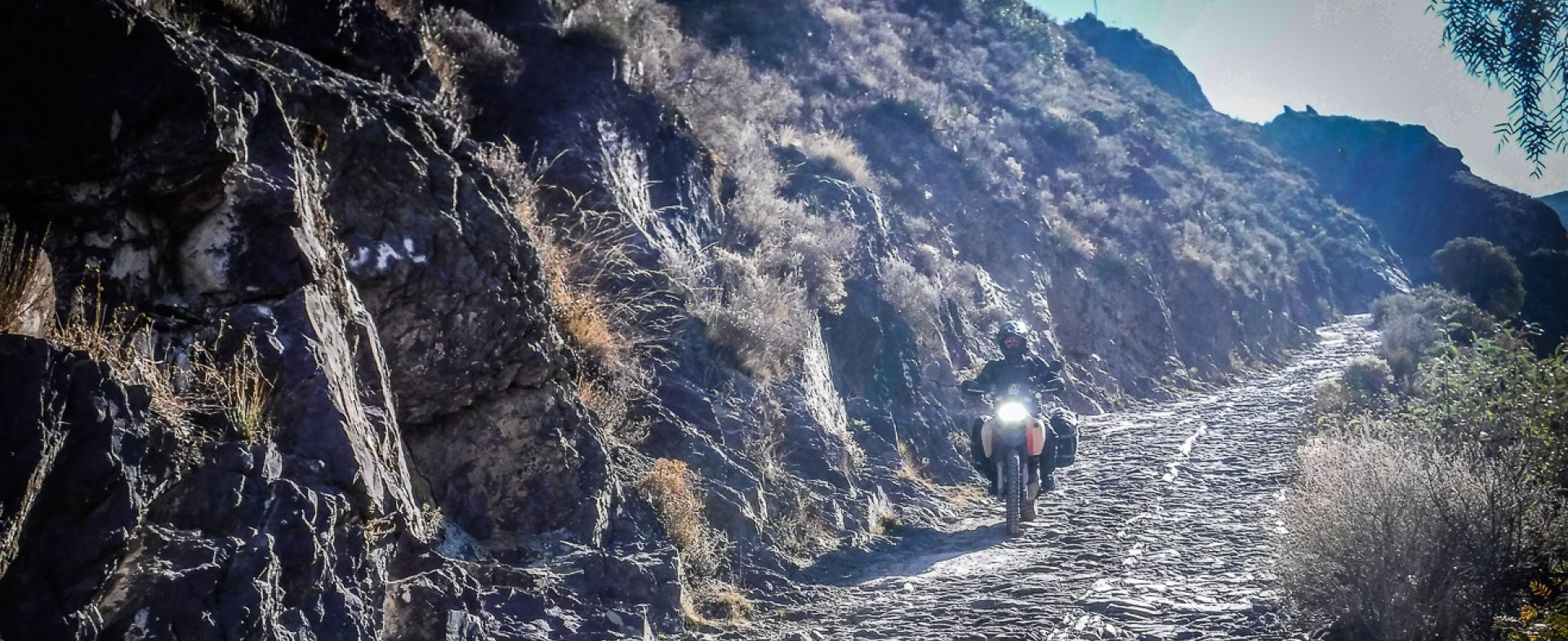While words can spark the imagination as you read them, it would be hard to capture as many details as you would photographing the same scene.
To complete your travel journal a camera is a must-have, rather than taking pictures with your phone - if you ever get stuck, you’ll be glad to have used the camera for the pictures and have some battery charge left to make the all-important call for help…
We know, we know: you cannot eat your cake and have it. And still, in this case we’d suggest taking a digital camera along, and not an analog one. There’s a bunch of rather good reasons for that decision. Firstly, storage space.
No, a digital camera is not necessarily smaller than its analog relatives, but the storage of film rolls will fill up your backpack in no time. If you’re lucky, one roll can take up to 36 exposures, and then you have to change it for a new one.
Yes, you can send them home from any city or village you might pass, but still. Another pro is the fact that you have an idea of the quality of your pictures as you travel on. Wouldn’t it be a shame to arrive home and discover that your camera must ‘ve been faulty or not light-proof?
Take two or three batteries along, which will have you going for about a few days to a week, and don’t forget to make backups of your SD-cards whenever you can. Just to be sure.











